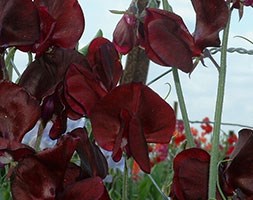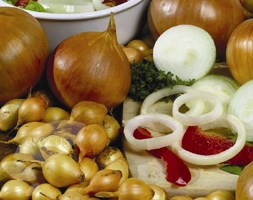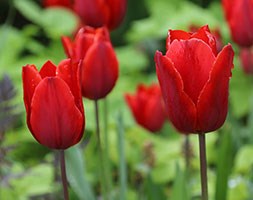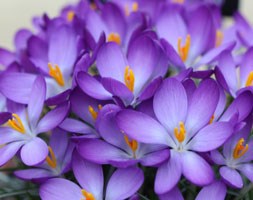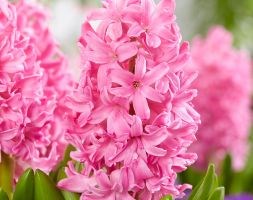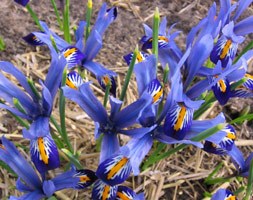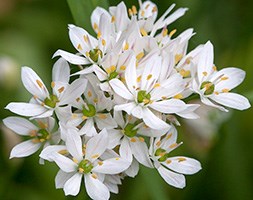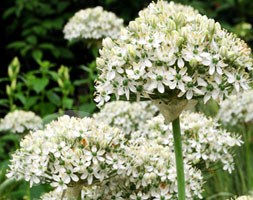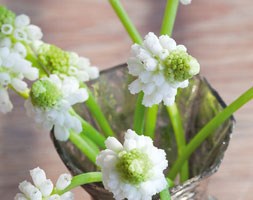Price reductions at Crocus
by Sarah - November 2nd, 2013.Filed under: Crocus, Price Reductions.
Crocus reduced the price on these items today
Lathyrus odoratus ‘Midnight’ (spencer sweet pea seed Midnight) was £2.99 now £1.49
Position: full sun Soil: fertile, humus-rich, well-drained soil Rate of growth: average to fast-growing Flowering period: June to September Flower colour: deep wine red Other features: well scented flowers Hardiness: hardy annual Larger than average, dark maroon flowers, which look almost black in certain lights, appear in clusters early in the season. Their long stems and sweet perfume make them ideal for cutting and adding to fresh arrangements. All the sweet-peas in our trial produced significantly better plants when the seeds were sown in autumn rather than spring. Garden care: From October to late February, sow seeds into deep pots or root trainers filled with a good-quality seed compost and place them in a cold frame. Pinch out the tips as the plants grow to encourage them to become bushier and produce more flowers, and harden off before planting out in early April. Direct sowings can also be made in October or March-April. It is important to remove the faded flowers before they set seed, so picking them to fill a vase inside will only encourage more to form. Sow: October-April Flowering: June-September Approximate quantity: 20 seeds.
onion ‘Troy’ (onion sets) was £1.99 now £1.79
Position: full sun Soil: any soil Rate of growth: average Other features: each pack includes growing instructions Hardiness: fully hardy Bulb size: 14/21 A new, early variety that has a good quality, dark yellow skin. The tatsy onions will be ready to harvest from mid to late May and it is known to have a good resistance to diseases and bolting. Garden care: Plant onion sets from September to November 15cm (6in) apart in rows 30cm (12in) apart. Lift the onions when they are mature and allow them to dry before using.
Tulipa ‘Couleur Cardinal’ (triumph tulip bulbs) was £2.99 now £1.99
Position: full sun Soil: fertile, well-drained soil Rate of growth: average Flowering period: April Flower colour: scarlet and plum Other features: excellent cut-flowers Hardiness: fully hardy Bulb size: 11/12 Deep scarlet flowers with plum shades on the outside emerge on this single, early tulip in late spring. The colour is rich and warm so it combines well with pink and apricot tones. This tulip was first introduced in 1845 and it is still a very popular variety. Garden care: In September to December plant bulbs 15-20cm deep and 10-15cm apart in fertile, well-drained soil. Alternatively, allow 7-9 bulbs per 30cm sq. After flowering dead-head and apply a balanced liquid fertiliser each week for the first month. Once the foliage has died down naturally lift the bulbs and store in a cool greenhouse.
Crocus tommasinianus ‘Whitewell Purple’ (crocus bulbs) was £2.99 now £1.99
Position: full sun and partial shade Soil: gritty, poor to moderately fertile, well-drained soil Rate of growth: fast-growing Flowering period: February and March Flower colour: purplish-blue Other features: narrow, mid-green leaves Hardiness: fully hardy Bulb size: 7/8 This early spring-flowering crocus is perfect for naturalising in grass. It soon increases to form elegant colonies of slender, deep purplish-blue flowers, which open in February or March the moment the sun appears. The delicate flowers are somewhat deceptive, since it stands up well in wind and rain. Garden care: Plant bulbs in naturalistic drifts 10cm (4in) deep in September or October. Where bulbs are planted in grass do not cut the lawn until after the leaves have died back.
Hyacinthus orientalis ‘Pink Pearl’ (garden hyacinth bulbs) was £2.49 now £1.99
Position: full sun or partial shade Soil: any well-drained, moderately fertile soil (for container-grown bulbs use two parts John Innes No2 compost to one part sharp grit or bulb fibre) Rate of growth: average to fast Flowering period: April – May Flower colour: pink Other features: all parts of the plant may cause a mild stomach upset if ingested; contact with the bulbs may cause skin irritation Hardiness: fully hardy Bulb size: 16/17 ‘Pink Pearl’ has soft, rose pink flowers forming a dense, cylindrical cluster A wonderful addition to pots and window-boxes, it also looks lovely planted in clumps or drifts throughout the border. Plant it near a pathway or entrance, so the scent can best be appreciated. Garden care: Using gloves plant bulbs 10-15cm (4-6in) deep and 15cm (6in) apart in early or mid-autumn.
Iris ‘Gordon’ (Reticulata) (iris bulbs) was £4.99 now £2.49
Position: full sun Soil: well-drained, moderately fertile, neutral to slightly alkaline soil Rate of growth: average Flowering period: February to March Flower colour: purple-blue, yellow and white Hardiness: fully hardy Bulb size: 5/- Slender, sky-blue standards, which have a darker blue flush, are held above the generously patterned, purple-blue, white and orange falls. A tough and reliable cultivar that mixes easily with crocus and primroses. Garden care: Plant bulbs 5cm deep and 5 – 10cm apart in the autumn, in a sunny spot with well-drained soil. Water moderately while they are actively growing and keep reasonably dry during their dormant period.
Allium neapolitanum Cowanii Group (ornamental onion bulbs) was £4.99 now £2.49
Position: full sun Soil: fertile, well-drained soil Rate of growth: average to fast Flowering period: April to May Hardiness: fully hardy Bulb size: 4/5 Open clusters of pure white flowers appear in late spring or early summer, creating a soft, lacy effect. The flowers last for ages after being cut and the bees will find them very attractive, so try to plant them in large numbers. In smaller gardens, they look great in pots where they can sit on a sunny patio. Garden care: Plant bulbs 10-15cm deep and 10-15cm apart. Avoid excessive mositure from late summer when they become dormant. Over-large clumps can be lifted and divided in autumn or spring.
Allium nigrum (ornamental onion bulbs) was £5.99 now £2.99
Position: full sun Soil: fertile, well-drained soil Rate of growth: fast-growing Flowering period: June Flower colour: white Other features: grey-green leaves Hardiness: fully hardy Bulb size: 10/12 The grey-green leaves of this ornamental onion generally have started to die back when the flowers emerge in early summer. These sit on tall, sturdy stems forming flattish clusters that create a striking silhouette. Each creamy-white to pale lavender flower has a pronounced ovary at its heart, which looks a little like a green pearl, nestled in the centre. Very pretty – and in big demand after its appearance in Cleve Wests garden at Chelsea in 2012. Garden care: Plant bulbs 15cm deep and 15cm apart to enjoy the full effect of the flowers. Avoid excessive mositure from late summer when they become dormant. Over-large clumps can be lifted and divided in autumn or spring.
Muscari botryoides ‘Album’ (grape hyacinth) was £4.99 now £2.99
Position: full sun Soil: moderately fertile, well-drained soil (for container-grown bulbs use two parts John Innes No2 compost to one part sharp grit) Rate of growth: average Flowering period: April and May Flower colour: white Other features: strap-like, mid-green leaves Hardiness: fully hardy Bulb size:6/+ A very pretty grape hyacinth, which produces slender white flowerspikes in spring. Less vigorous (or invasive) than its more commonly grown cousin (M. armeniacum), it provides an altogether ‘finer’ profile. It is perfect for pots, alpine beds, woodland floors or filling gaps at the front of sunny borders. Garden care: Plant 10cm (4in) deep in naturalistic groups in autumn. During summer when the bulbs are dormant lift and divide groups that are becoming congested.







